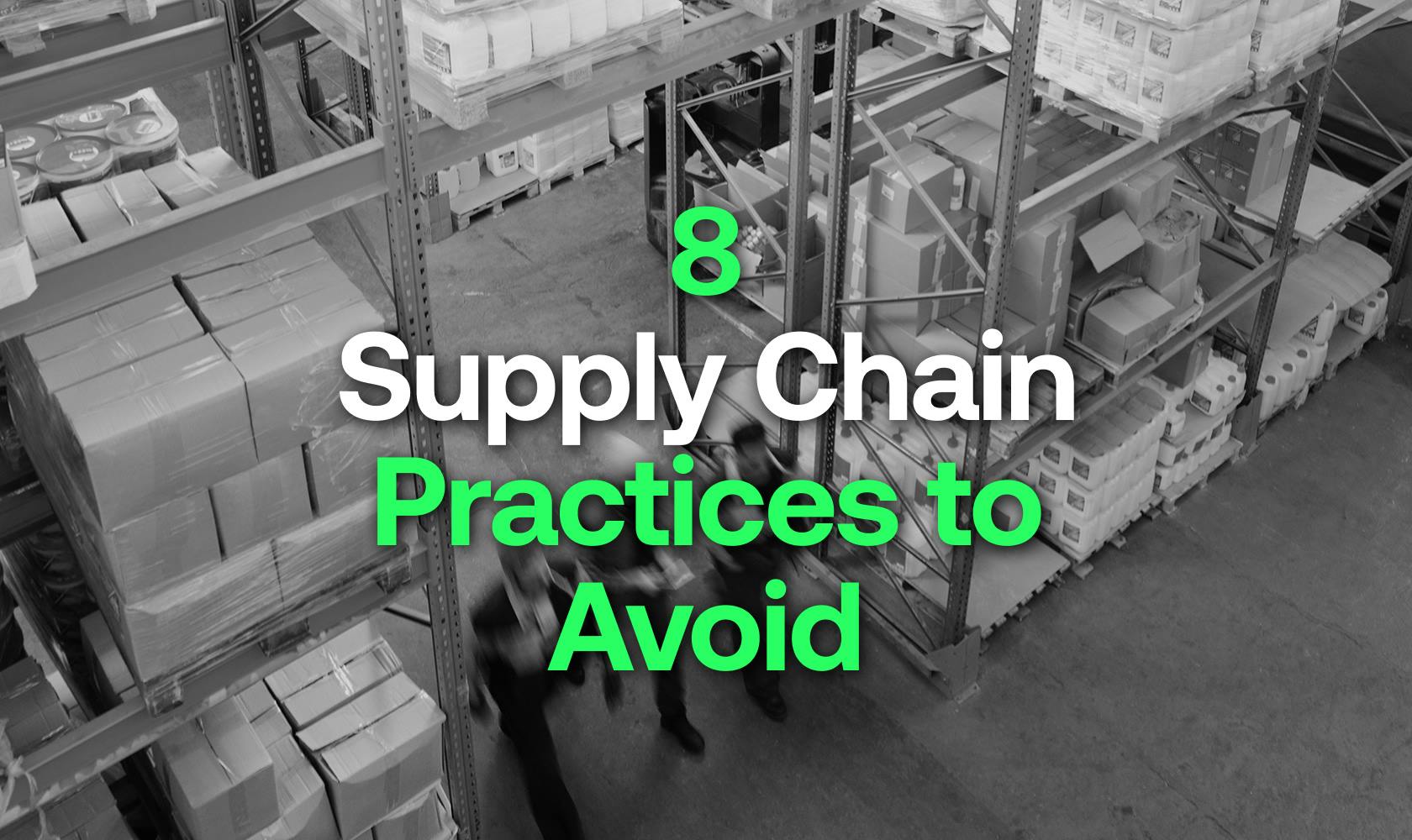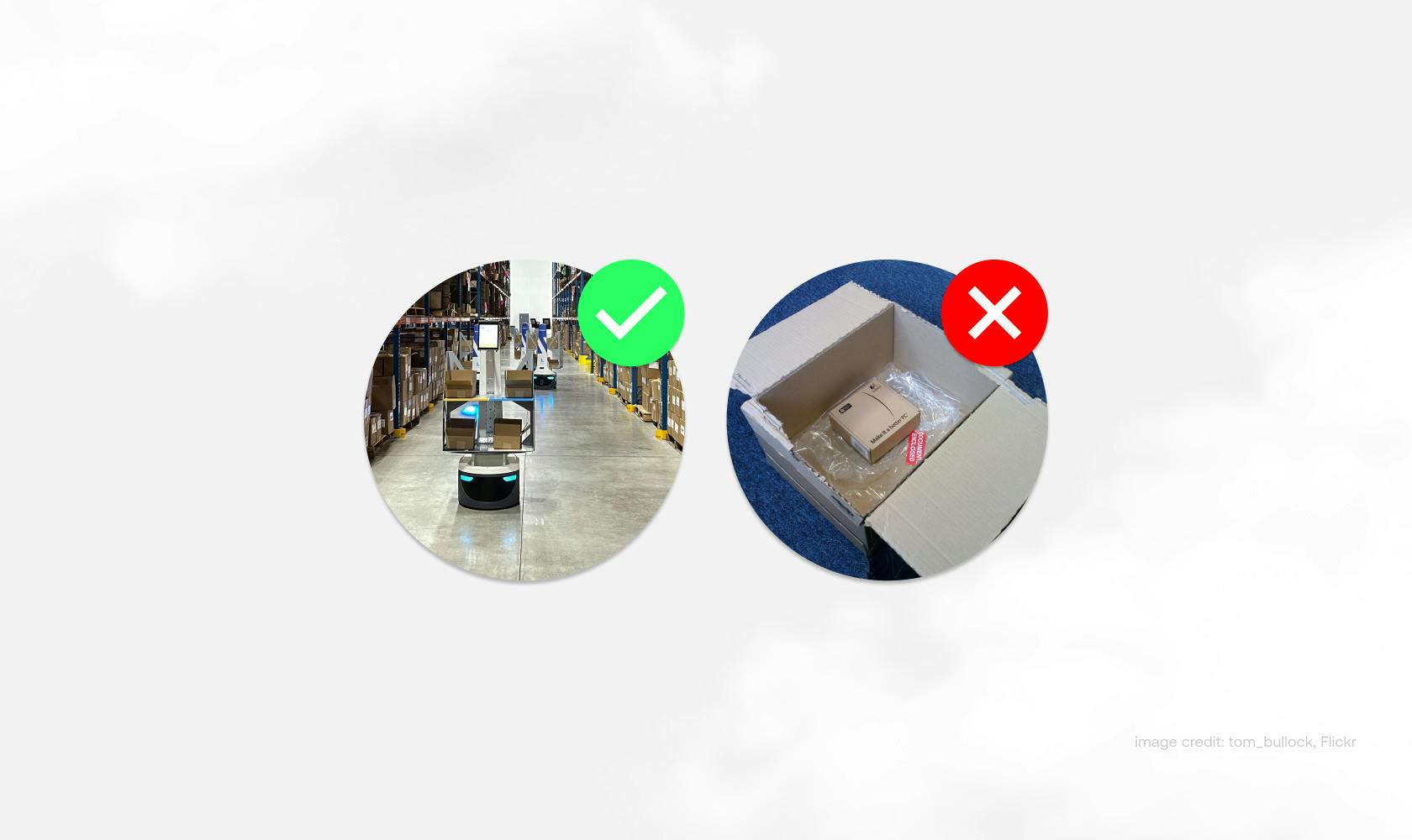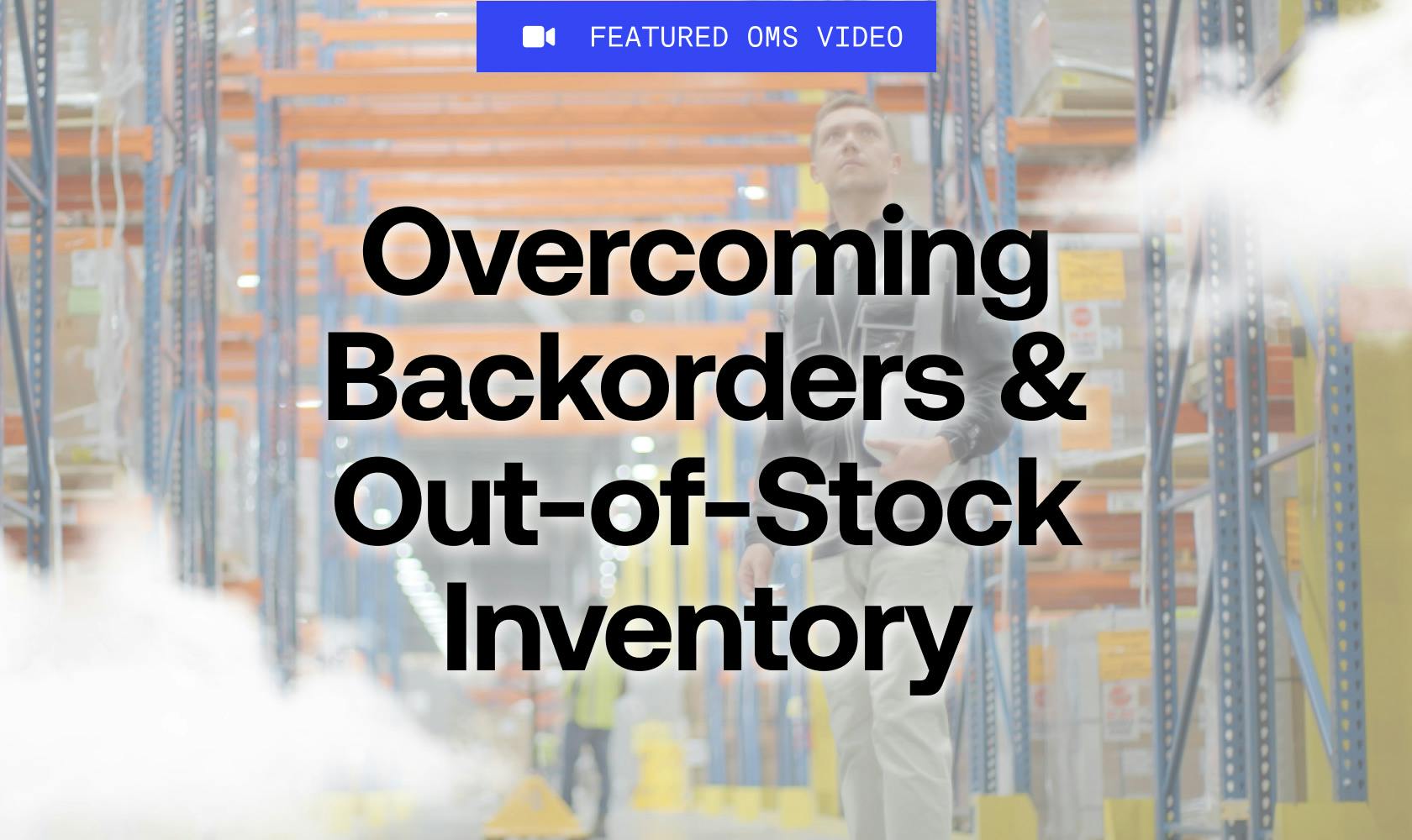What are the top supply chain mistakes to avoid this year?
Based on insights from our team of supply chain experts at Stord, we’re sharing what we saw over the last year, based on our experience and interactions with a range of logistics teams.
From overreliance on single suppliers and the pitfalls of rigid supply chain designs to wrong 3PLs and single carrier reliance, dig in to see how to prevent disruptions and drive innovation in supply chain management.
In this post, you’ll find out the biggest avoidable mistakes made by e-commerce, DTC, and B2B companies – and how to tackle them for better performance and efficiency in your supply chain.
This way, you can explore practical solutions to enhance your own supply chain strategy and optimize operations.
What was the biggest (or most consistently) 'avoidable' supply chain mistake or practice e-commerce/DTC & B2B companies made or followed last year?
(And what should companies stop doing this year to avoid headaches?!)
Reliance on Suboptimal 3PLs
There seemed to be massive hesitancy last year in making a move to a new 3PL. Brands may not necessarily be on a "sinking ship," but their supply chains aren't always optimized and minor annoyances add up into compounding issues, i.e. lack of reporting capabilities. It’s crucial to ensure you have a 3PL partner that will design a custom solution that meets your business needs and provides the visibility so you can stay on top of everything.
Ben Daugherty, Senior Account Executive
Inflexible Legacy System Deployments
Brands continue to treat supply chain software as a cost center and use archaic approaches to deploy new capabilities. Legacy software providers are built on a service model with heavy integration and configuration requirements requiring significant cash outlay to manage changes to implement and deploy. In addition, there’s often a heavy reliance on third party consultants and technical resources to pivot and change any setup, leading to rigidity and lack of control by supply chain leaders.
Brands continue to attempt using a customized ERP + multiple integrations, leading to lack of central visibility and control. Self-service tools that allow brands to be flexible and reactive to ever changing needs can be used to drive true ROI through improved consumer experiences and decreased cost. Investing in a partner who doesn't make revenue from integration projects and offers easy to use self-service capabilities is key for growing brands to remain nimble and responsive to growing consumer expectations and offer a Prime-like experience
Sarang Damle, Director of Adoption and Growth
Uncompelling Shipping Options
Offering consumers two shipping options with overlapping time in transit ranges…only a Standard option with 5-7 days and an Expedited option with 3-5 days will surely not encourage customers to upgrade their shipping option or even continue with checking out. The best solution is to offer a delivery promise and meet that promise with effective rate shopping.
Josh Monski, Solutions Architect, OMS & WMS
Wrong Tools in Place
The biggest 'avoidable' supply chain mistake I saw last year? Brands that experience extreme growth lack the proper technology tools to allow them to meet increasing consumer demands, scale into new channels, and ultimately, make smart supply chain decisions. High growth brands need to support their scale with software designed for high volume, multichannel operations. Too many companies are constrained with the existing systems they have in place, negatively impacting customer experience in particular.
Allan Simmons, Senior Account Executive
Wrong 3PL Partner
Selecting a 3PL that may not be the best long term option. For example, if a brand has aspirations to move from .com only and into retail, they should build for the long term and select a partner with omnichannel experience.
Brad Disher, Senior Account Executive
Not Meeting Delivery Dates
Overpromising and under-delivering in terms of delivery dates. Holding too much inventory (tying up capital and not spending on brand/marketing, not preparing for downturns, using lagging factors, poor planning) can significantly impact a brand’s operations and financial position. Ensuring you meet increasing customer expectations needs to be the number one priority for any brand today.
Ajit Sreenivasan, Senior Product Manager, Billing
Single Sourcing and Inflexible Supply Chain Design
One common and avoidable supply chain mistake made by supply chain companies is their overreliance on a single supplier or sourcing from a limited geographic area. This vulnerability can lead to significant disruptions, especially when the chosen supplier faces challenges such as production delays or high demand. To avoid headaches, companies should stop the practice of relying heavily on a single source and instead diversify their supplier bases, ensuring greater resilience and adaptability.
In addition, companies often make the mistake of maintaining an inflexible supply chain design. When the supply chain lacks adaptability, it struggles to respond to changes in demand, market conditions, or unexpected disruptions. Companies should avoid rigid supply chain structures that hinder quick adjustments and instead focus on building flexibility into their design. Embracing adaptable and agile supply chain strategies allows businesses to navigate uncertainties more effectively and optimize operations based on evolving circumstances.
Tony Scharff, WMS Super User
Single Carrier Reliance
Stop limiting yourself to large spend with one carrier; building a vast network is a must. Partnering with a fulfillment and delivery partner that lets you access a diversified set of carriers (like Stord!) drives cost savings – and helps you meet any stringent customer delivery deadlines.
Brandon Goldstein, Solutions Engineer, OMS & WMS
As our team has shared, brands often face operational challenges that impact customer experience. These include issues with 3PL partners, delivery date failures, inflexible supply chain designs, and single sourcing reliance.
Don’t make these same mistakes! Focus on long-term partnerships, meeting delivery promises, diversifying suppliers, and embracing adaptable supply chain strategies.
How to do that? Make sure you’re partnering with a DTC & B2B fulfillment, transportation and integrated technology partner, that’s built for scaling, high growth, multichannel brands.







